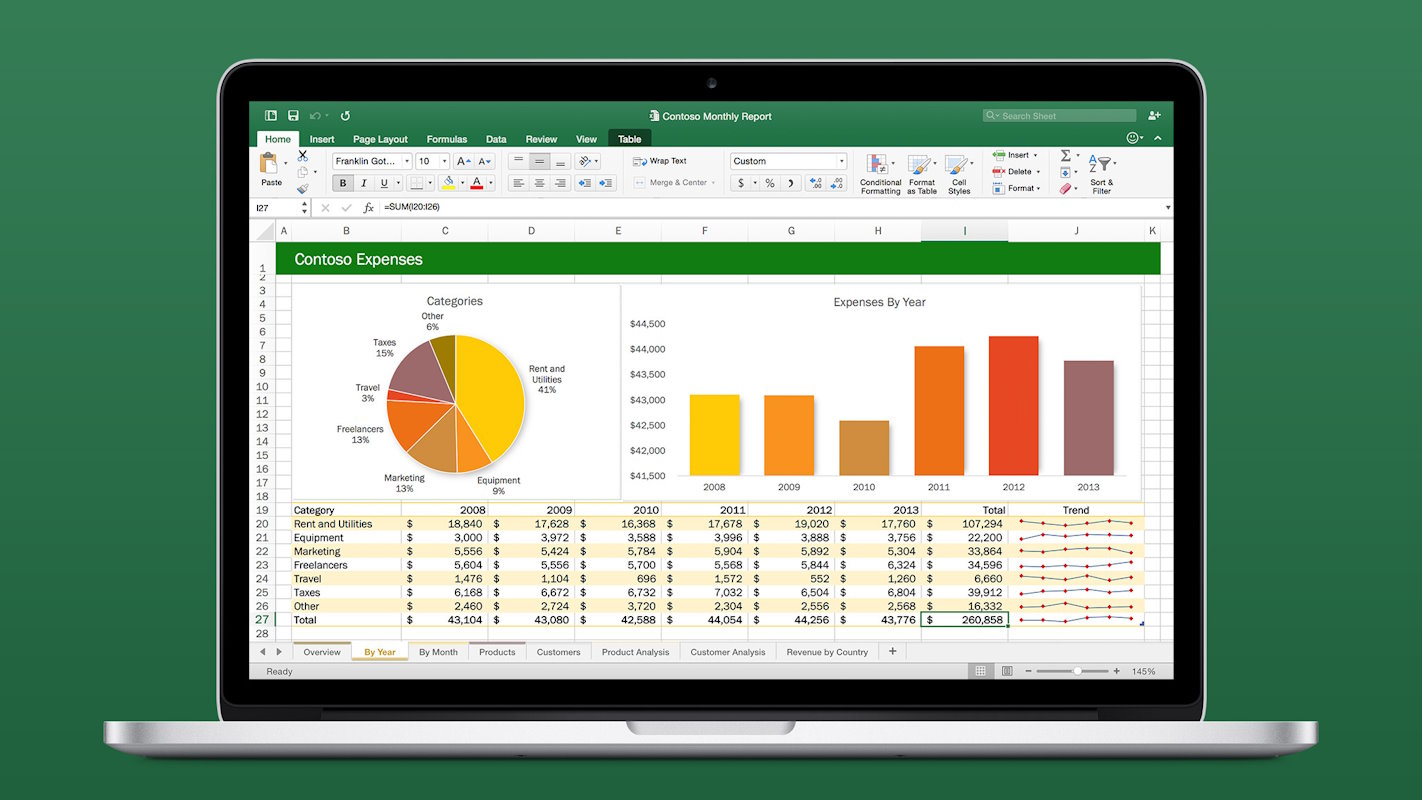
About the Course
Statistical Package for Social Sciences (SPSS) is one of the most user friendly statistical software for researchers providing visualization and data analytical tools.
This course provides the participants with a practical application of the statistical component of IBM® SPSS® Statistics. Participants will review several statistical techniques, gain an understanding of when and why to use these various techniques as well as how to apply them with confidence, interpret their output, and graphically display the results.
Target Participants
The training is designed for participants who intend to learn the use of SPSS for data management and data analysis. Those working in the corporate world, public sector, research institution and NGOs.
What you will learn
By The End Of This Course The Participants Will Be Able To:
- Understand and appropriately use statistical terms and concepts
- Perform data analysis tasks with SPSS
- Perform simple to complex data management tasks using SPSS
- Statistical tests using SPSS
Training Approach
This course is delivered by our seasoned trainers who have vast experience as expert professionals in the respective fields of practice.
The course is taught through a mix of practical activities, theory, group works and case studies.
Training manuals and additional reference materials are provided to the participants.
Course Outline
Introduction to Statistical Analysis
- Explain the basic steps of the research process
- Explain differences between populations and samples
- Explain differences between experimental and non-experimental research designs
- Explain differences between independent and dependent variables
Introduction to SPSS statistical software
- SPSS interface and features
- Key terminologies used in SPSS
- Views: Variable, Data views, Syntax editor
- Data file preparation
- Data entry into SPSS
- Data manipulation: merge files, spit files, sorting files, missing values
Basic Statistics using SPSS
- Descriptive statistics for numeric variables
- Frequency tables
- Distribution and relationship of variables
- Cross tabulations of categorical variables
- Stub and Banner Tables
Graphics using SPSS
- Introduction to graphs in SPSS
- Graph commands in SPSS
- Different types of Graphs in SPSS
Statistical Tests using SPSS
- One Sample T Test
- Independent Samples T Test
- Paired Samples T Test
- One-Way ANOVA
Statistical Associations in SPSS
- Chi-Square test
- Pearson’s Correlation
- Spearman’s Rank-Order Correlation
- Bivariate Plots and Correlations for Scale Variables
Predictive Models using SPSS
- Linear Regression
- Multiple Regression
- Logistic Regression
- Ordinal Regression
Nonparametric Tests
- Describe when non-parametric tests should and can be used
- Describe the options in the Nonparametric Tests procedure dialog box and tabs
- Interpret the results of several types of nonparametric tests
Longitudinal Analysis using SPSS
- Features of Longitudinal Data
- Exploring Longitudinal data
- Longitudinal analysis for continuous outcomes
Time Series and Forecasting using SPSS
- The basics of forecasting
- Smoothing time series data
- Regression with time series data
- ARIMA models
- Intervention analysis
SPSS Decision Trees
- Introduction to SPSS Decision Trees
- Application of SPSS Decision Trees
- Overview of decision tree based methods (CRT Decision Trees CRT Regression Trees Quest Analysis)
